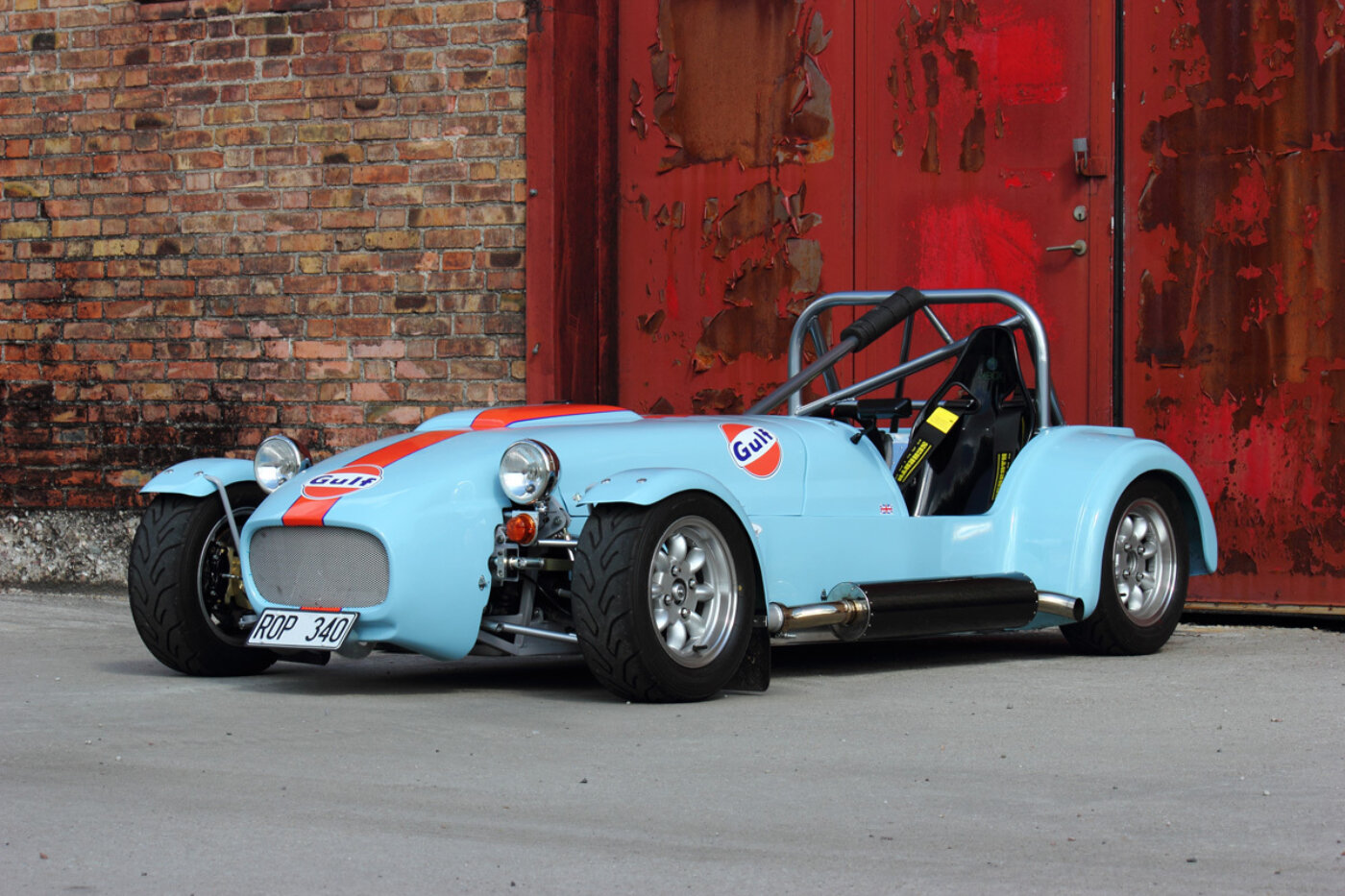
Hyper 8 Lotus 7 recreation
Here’s a new level of Super Seven, called the Hyper 8. The car started out as a Westfield SE replica, which is about 15 percent smaller than today’s Westfield SEiW. It is also 15 percent lighter, which is significant, as you will understand after reading the following.
A good friend of mine wanted to create a Seven which took advantage of the development of the Seven concept made by Mallock [a race car builder in the U.K.—Ed.] in their fantastically fast Clubman cars. (Obviously minus the aerodynamic features and the slick tires.) His name is Stefan Mumm, and he began designing and building the Hyper 8.
After a while his Clubman racing took too much time from building the Hyper 8 and that is when I took over to finish the car. I also added some ideas of my own, which Stefan and I had very vivid discussions about. Somehow we always came out with solutions combining our sometimes rather imaginary ideas.
The clubman cars are re-engineered Sevens with lots of development in order to make them fast, really fast. The Hyper 8 is a reverse-engineered Clubman. I couldn’t find a Seven which was built like that, despite the obvious advantage of doing so.
The engine is moved as far back as physically possible (190 mm) and moved slightly to the right, since I sit on the left side while driving. This makes adjusting corner weight easier. The engine is also a structural part of the chassis. Since it is in the car, why not use the rigidity of the engine to improve frame rigidity? Also, a solidly mounted engine will not rock back and forth, a very important, but overlooked way to improve the handling of a car.
The front suspension is heavily modified, with inboard dampers working via fulcrums and pushrods, providing 100 percent linear spring characteristics. Using pushrods also enables adjustment of corner weight without messing up the spring rate. The springs are pre-loaded and there is zero droop, resulting in very precise control of camber during heavy cornering.
The steering rack is relocated from in front of the wheel center to behind, which has several advantages. A major one is easier adjustment of Ackerman angle, a very important way to enable change of how the car will steer into corners. Moving the steering rack backwards also improves weight distribution.
The steering rack is a bespoke Titan rack with the exact measures to give zero bumpsteer. It is also tighter than any modified Escort rack, usually used in Seven cars. The feel of a car’s steering is utterly important and with this totally lash-free unit, you can feel even the slightest tendency of tire slip and correct it even before you start skidding.
The rear is a live axle. That might sound a bit old-school, but by using a Mumford link, the roll center is extremely low. This is a very important part of the “Clubman concept.” A very low roll center on a live axle eliminates the need of a limited slip unit. Limited slip units interferes with the handling of a car, since locked-up rear wheels creates understeer, or oversteer if you use too much power exiting a corner. And an open differential will not affect the chassis dynamics.
The Hyper 8 has almost 200 bhp and weighs 615 kilos, with me in it. Exiting corners with the pedal to the metal is totally hassle free. It just rockets away, leaving surprised competitors behind.
The original four-link rearend has been elongated from a mere 150 mm to 800 mm in order to minimize roll steer. Some people prefer a bit of roll steer, I don’t. The four-link’s mounting points are adjustable in order to enable TAM, if it would be necessary. (TAM = Trailing Arm Magic). None of the above mentioned advantages are achievable with an individual rear suspension.
The parking brake is usually exactly where your elbow wants to go while changing gears. It is also in the way when you want to reach the driveshaft. So the Hyper 8 has an electrical parking brake, which also moves weight backwards. The motor itself weighs in at 500 grams which is less than a normal parking brake lever. Thanks’ to the lack of a lever, the cover over the driveshaft is now easy to remove.
The body is easily detachable. It can be done by one person, since the main body weighs in under 10 kilos. The scuttle is fixed with only two Dzus quick fasteners with “Mickey Mouse ears” (like a wing nut.) Very useful if you need quick access to the electrical system.
The bonnet, scuttle and main body use only Mickey Mouse fasteners, so the car can be undressed in about two minutes, without using tools. Serviceability is a big advantage on a race track where time is of an essence. The detachable body makes the car very serviceable. The body has been widened 80 mm in order to make room for the very long four-link arms.
The nose cone has a built in frame which forces air through the radiator, instead of having that frame mounted around the radiator. The bottom of the nose cone is cut out to prevent air from being pushed underneath the car.
The bottom of the car is completely flush. It is even riveted with countersunk rivets. The engine has been raised slightly in the chassis to allow for the flush floor. The floor covers the entire underbody, providing less turbulence under the car. The result is stability even at 200 kph. The floor is 25 mm wider than the body, creating a “splitter” that is usually not allowed in certain racing series. But technically it is not a splitter, since it is the car’s floor, which just happens to be a bit wider than the body. The splitter prevents air from seeping in under the car, and also helps to create stability at high speeds.
The car was built with one very particular mindset. (Save weight. Whatever you do, save weight.) It weighs in at 545 kilos, which is rather OK considering the iron engine block and iron gearbox casing.
On the first track test it pulled 1.4 G in flat corners and was absolutely rocketing out of corners, thanks to the Mumford link. The best thing is that the Hyper 8 is road legal.
Kind Regards,
Peter Mårup
Oxie, Sweden
website: http://hyper8.se
Hyper 8 Tech Specs:
Westfield SE chassis heavily modified.
Ford Focus ST 170 engine with Suzuki GSX throttle body
Megasquirt ECU
Quaife Rocket dogbox
TTY Superlight flywheel with aluminum clutch housing
Sintered clutch, hydraulically managed
Wilwood floor-mounted pedals with balance bar.
Radtech radiator
Ford Escort live axle with Mumford link and four-link.
Siltech billet aluminum uprights
Widetrack front suspension with pushrod suspension.
Protech aluminium dampers
Aurora race spec rose joints. (No rubber joints anywhere.)
Titan steering rack
Snap-Off quick-release with Momo suede steering wheel
Electric parking brake
Fully detatchable body
Schroth harness
Yokohama 048 SS tires, 185/60R13
Carbon silencer (3.5 kilos)

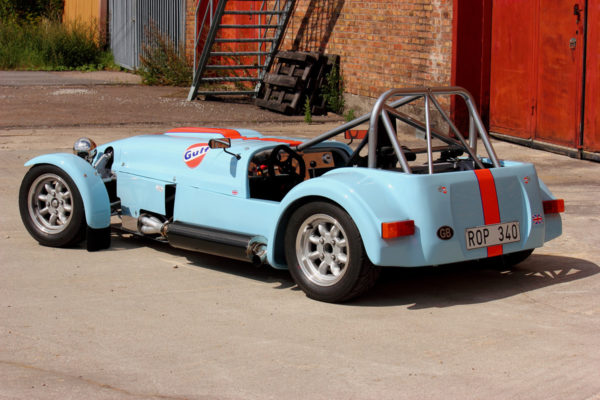
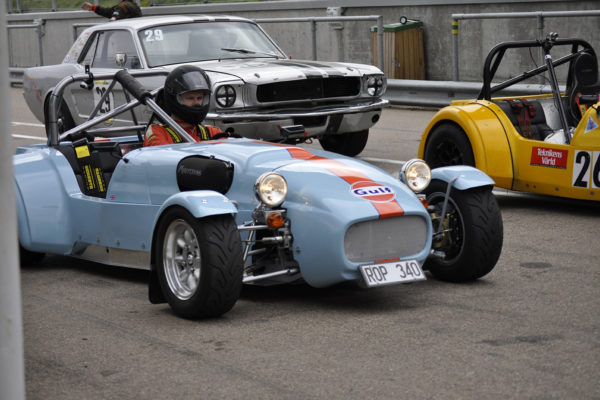
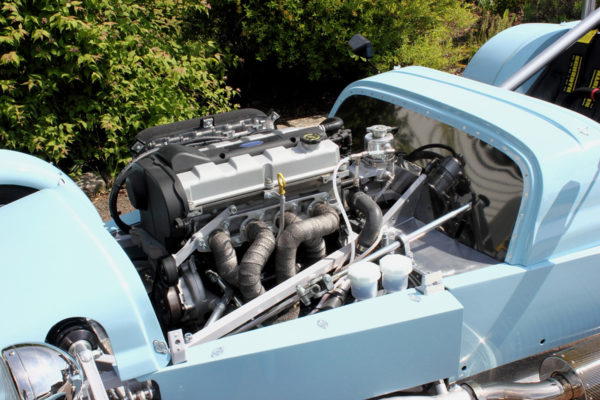
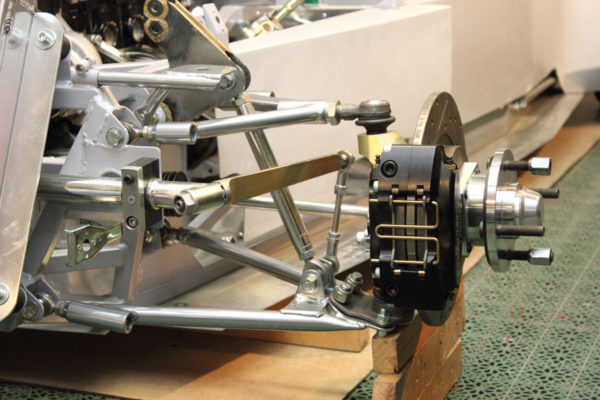
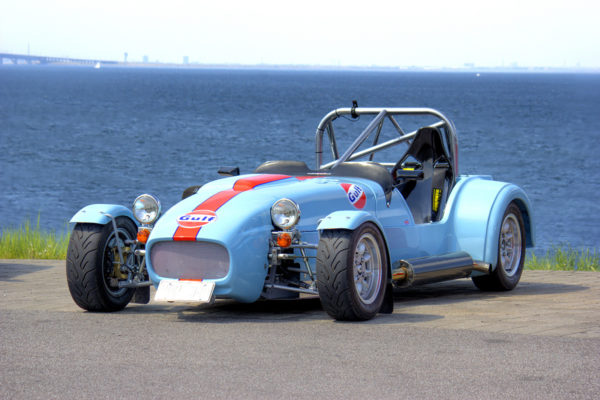
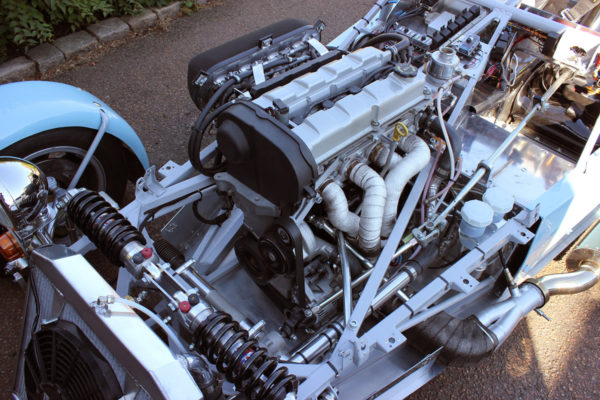
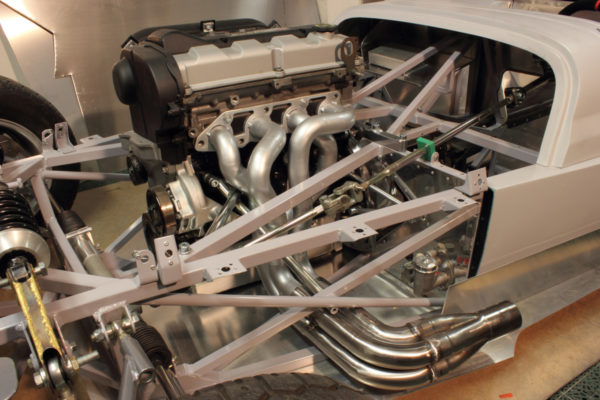
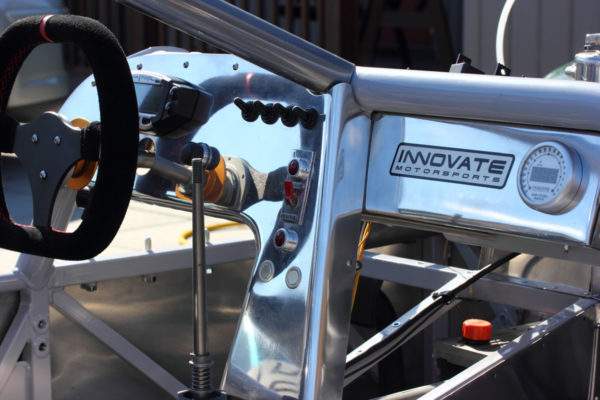
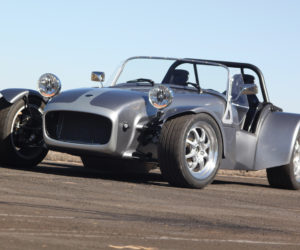
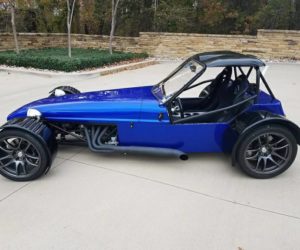
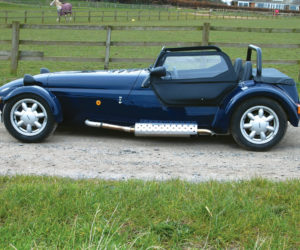
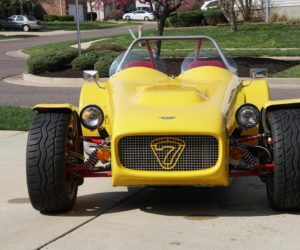
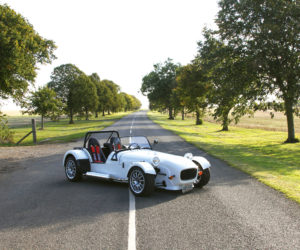
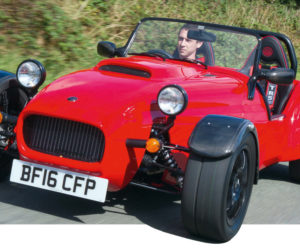




Comments for: HYPERACTIVE HYPER 8
comments powered by Disqus